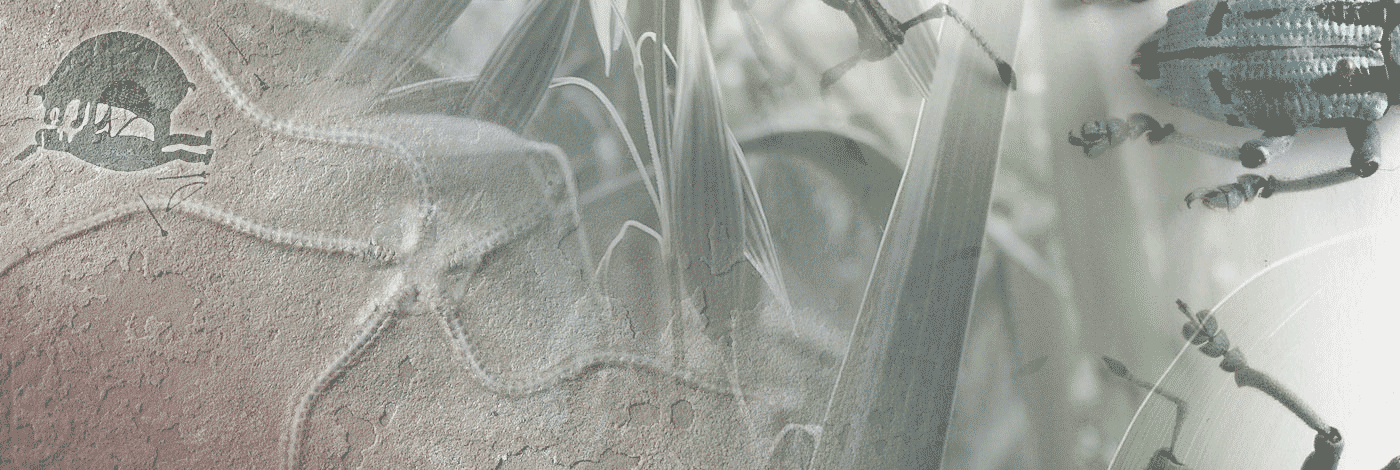
 Bulletin du Muséum national d'Histoire naturelle, 4ème série – section C – Sciences de la Terre, Paléontologie, Géologie, Minéralogie
17 (1-4) - Pages 85-125
Bulletin du Muséum national d'Histoire naturelle, 4ème série – section C – Sciences de la Terre, Paléontologie, Géologie, Minéralogie
17 (1-4) - Pages 85-125Stratigraphic ranges for 720 placoderm taxa are presented and diversity patterns are characterized for six monophyletic placoderm orders as well as for other Devonian and Mississippian gnathostomes. Analysis at the level of substage is critical for the recognition of placoderm subclade diversity patterns. The current temporal and taxonomic resolution of individual placoderm taxa is sufficient to provide a clear picture of diversity independent of the level of resolution selected for screening data. Analysis of all available data provides the best picture of placoderm diversity. Current hypotheses of arthrodiran competitive displacement represent global patterns and require careful consideration of patterns of phylogeny, geographic distribution, and ecological sympatry. These considerations provide alternative interpretations of timing of events and influence the analyses of alternative hypotheses of biological interactions (competitive or opportunistic replacements or chance). Pachyosteomorph arthrodiran diversity may be correlated with morphological evolution related to adaptations associated with feeding and locomotion. Gnathostome diversity suggests that Devonian extinction episodes are not ubiquitous events with clades showing different responses to three putative Upper Devonian extinctions (Givetian-Frasnian, Frasnian-Famennian, and Famennian-Tournaisian). The Frasnian-Famennian extinction event had a significant effect on placoderms. This event may have reduced the numbers of placoderms sufficiently to provide a "window of opportunity" for the early radiation of actinopterygians and chondrichthyans. During the Famennian there is evidence for predator-prey relationships and potential competition for resources among surviving placoderms and other gnathostomes. These biological interactions are coincident with an inverse relationship between placoderm diversity patterns and those for actinopterygians and chondrichthyans. This coincidence suggests that the extinction of placoderms may be attributed to competitive displacement although opportunistic replacement following the putative Famennian-Tournaisian extinction event remains as an alternative explanation.
Placoderms, evolution, diversity, monophyletic orders, devonian extinctions